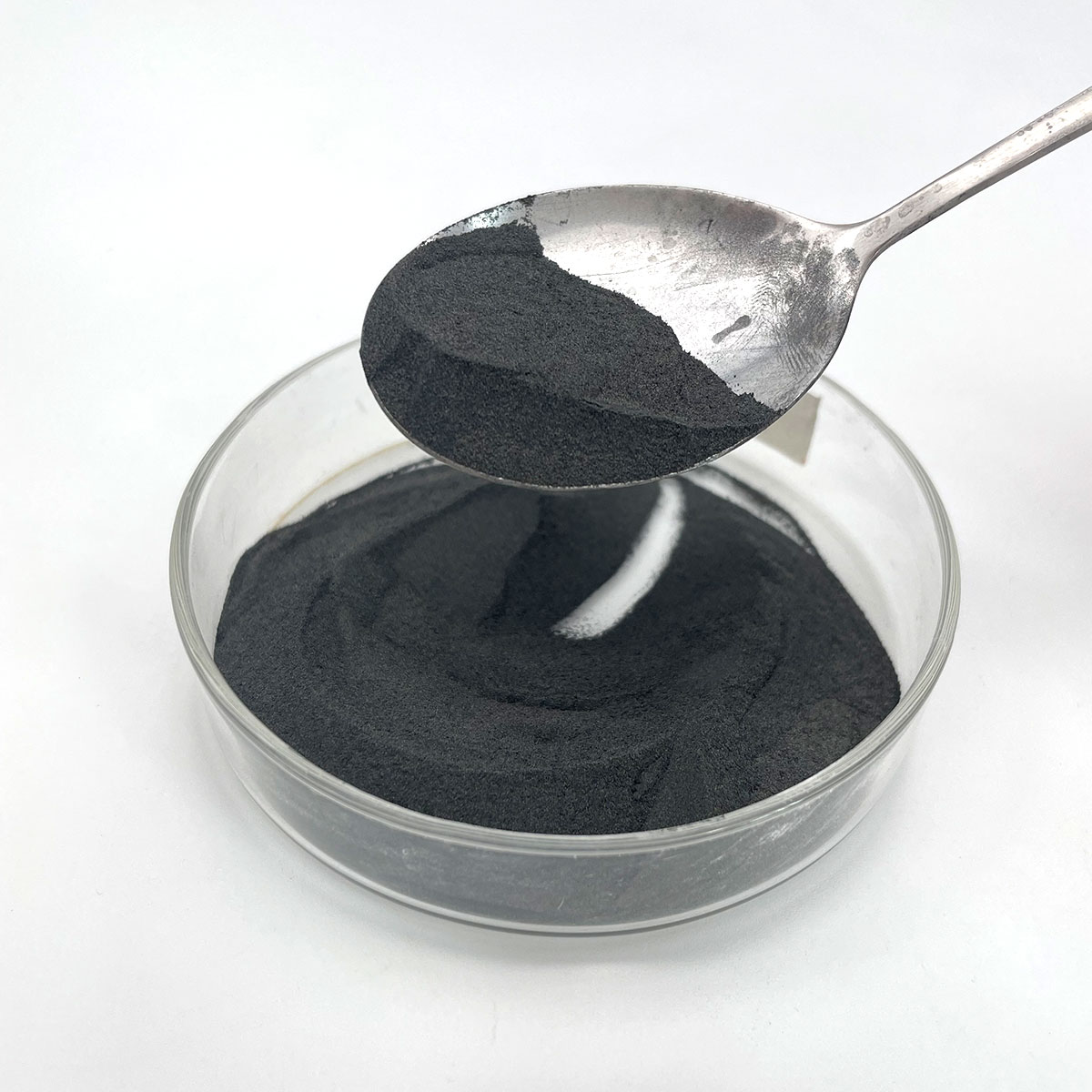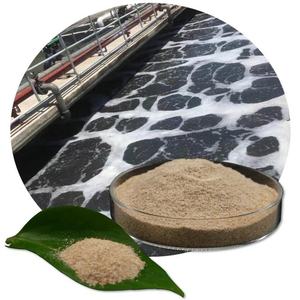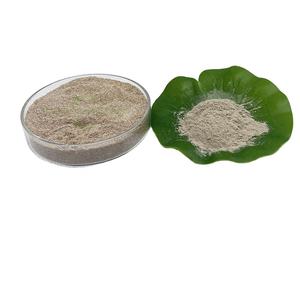Overview of Factory Polyelectrolyte Cationic Polymer Polyacrylamide PAM for Municipal Wastewater.
Polymer surfactants, also known as polymeric surfactants or amphiphilic polymers, are high-molecular-weight compounds that combine the properties of traditional low-molecular-weight surfactants with the unique features of polymers. Unlike small molecule surfactants, polymer surfactants offer enhanced stability, improved solubility, and the ability to form more complex structures such as micelles, hydrogels, and vesicles. These macromolecules find applications across a wide range of industries due to their tailored structures and tunable properties, which allow for precise control over interfacial behavior and solution rheology.
Features of Factory Polyelectrolyte Cationic Polymer Polyacrylamide PAM for Municipal Wastewater.
-
Molecular Weight and Structure: With a much higher molecular weight, polymer surfactants offer enhanced stability in harsh conditions and over prolonged periods compared to small molecule surfactants.
-
Tunability: The structure of polymer surfactants can be precisely engineered to include different functional groups, monomer sequences, and architectures, allowing for specific interactions and properties.
-
Multifunctionality: Apart from surface activity, they can also provide additional functionalities like thickening, rheology modification, and controlled release capabilities.
-
Self-Assembly: Capable of forming sophisticated self-assembled structures like micelles, hydrogels, and vesicles, which can encapsulate or release active ingredients in a controlled manner.
-
Environmental Compatibility: Many polymer surfactants are designed to be biodegradable and less toxic, making them suitable for eco-friendly applications.
-
Temperature and pH Responsiveness: Some polymer surfactants exhibit responsive behavior to changes in temperature or pH, enabling stimuli-responsive systems.

(Factory Polyelectrolyte Cationic Polymer Polyacrylamide PAM for Municipal Wastewater.)
Specification of Factory Polyelectrolyte Cationic Polymer Polyacrylamide PAM for Municipal Wastewater.
Factory-produced cationic polyacrylamide (PAM) is a high-performance polymer created for metropolitan wastewater treatment. This item successfully removes suspended solids, organic matter, and various other contaminants with flocculation, sedimentation, and filtration. It works well in sludge dewatering, boosting water quality, and reducing environmental effect.
The polymer appears as white granules or powder. It dissolves promptly in water, creating a thick service. The molecular weight arrays between 10-12 million Daltons, making certain strong connecting and adsorption capacities. The ionic degree is adjustable from 5% to 60%, permitting modification based on wastewater structure. The pH resistance spans 4-10, making it suitable for diverse treatment atmospheres. Dose normally drops in between 0.1-10 parts per million, relying on contaminant tons and system layout.
Secret benefits consist of rapid floc development, high security in rough conditions, and low deposit levels. It decreases sludge volume by up to 30%, reducing disposal expenses. The product follows global safety and security requirements, positioning very little danger to equipment or operators when handled appropriately. It works with most coagulants and additives used in wastewater plants.
Functional guidelines advise liquifying the polymer in clean water at 0.1%-0.3% concentration before including it to therapy systems. Mixing speeds must stay below 200 rpm to stop chain breakage. Storage needs a completely dry, ventilated area away from direct sunshine. Life span exceeds two years in unopened packaging.
Safety measures consist of wearing handwear covers and goggles throughout managing to stay clear of skin or eye get in touch with. Spills ought to be cleansed quickly with water. The product is non-flammable and non-explosive. Examining container tests beforehand makes certain optimum dose and performance. Custom-made formulations are readily available for details wastewater characteristics like high oil material or heavy steel existence.
Technical support is offered to help with dose calibration, process integration, and efficiency surveillance. Set uniformity is assured via stringent quality control, consisting of testing for solubility, ionic charge, and thickness. The polymer is extensively adopted in city sewage plants globally, showing reliability in meeting discharge policies.

(Factory Polyelectrolyte Cationic Polymer Polyacrylamide PAM for Municipal Wastewater.)
Applications of Factory Polyelectrolyte Cationic Polymer Polyacrylamide PAM for Municipal Wastewater.
Factory-produced cationic polyelectrolyte polymer polyacrylamide (PAM) plays a crucial duty in local wastewater treatment. It enhances effectiveness in processing waste by dealing with common obstacles. The polymer functions well for sludge dewatering. It binds fine bits in sludge, making water different quicker. This minimizes sludge volume, reducing disposal expenses.
The polymer likewise works in flocculation. Wastewater includes put on hold solids tough to get rid of. Cationic PAM reduces the effects of adverse costs on fragments. This makes them glob into bigger masses. These masses clear up quickly, enabling cleaner water to move to the next therapy phase.
Smell control is one more use. Organic matter in wastewater breaks down, releasing bad scents. Cationic PAM catches these substances. This minimizes smells throughout processing and storage space. It keeps treatment plants much more manageable for employees and nearby locations.
Equipment defense matters also. Wastewater systems deal with rust and scaling from rough chemicals. The polymer creates a safety layer on pipelines and machinery. This reduces upkeep needs and extends devices life.
Communities benefit from cost savings. Utilizing cationic PAM quicken therapy cycles. Much less energy and manpower are needed. It meets ecological criteria by making certain cleaner water output. The polymer is safe for taking care of. It liquifies conveniently and leaves no damaging residues.
Various wastewater conditions need tailored services. Manufacturing facilities readjust PAM’s molecular weight and cost density to match certain requirements. Testing makes sure optimum performance prior to full-blown usage. Operators display results to maintain consistency.
Cationic PAM supports lasting practices. Efficient sludge managing lowers garbage dump use. Cleaner discharge secures communities. The polymer’s adaptability makes it a sensible choice for cities aiming to upgrade wastewater systems.
Company Profile
SurfactantChina is a trusted global chemical material supplier & manufacturer with over 12-year-experience in providing super high-quality surfactant and relative products.
The company has a professional technical department and Quality Supervision Department, a well-equipped laboratory, and equipped with advanced testing equipment and after-sales customer service center.
If you are looking for high-quality surfactant and relative products, please feel free to contact us or click on the needed products to send an inquiry.
Payment Methods
L/C, T/T, Western Union, Paypal, Credit Card etc.
Shipment
It could be shipped by sea, by air, or by reveal ASAP as soon as repayment receipt.
5 FAQs of Factory Polyelectrolyte Cationic Polymer Polyacrylamide PAM for Municipal Wastewater.

(Factory Polyelectrolyte Cationic Polymer Polyacrylamide PAM for Municipal Wastewater.)






